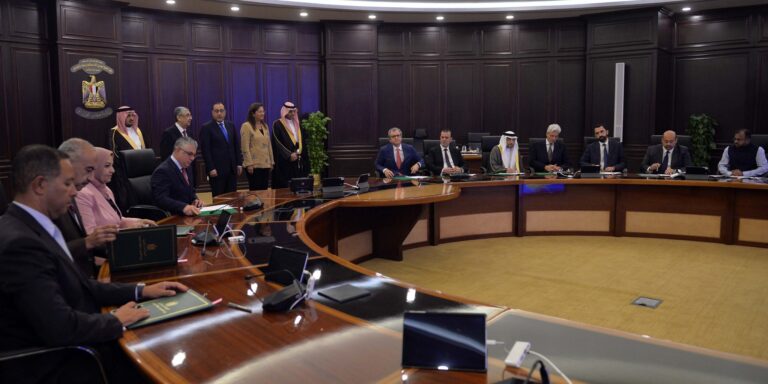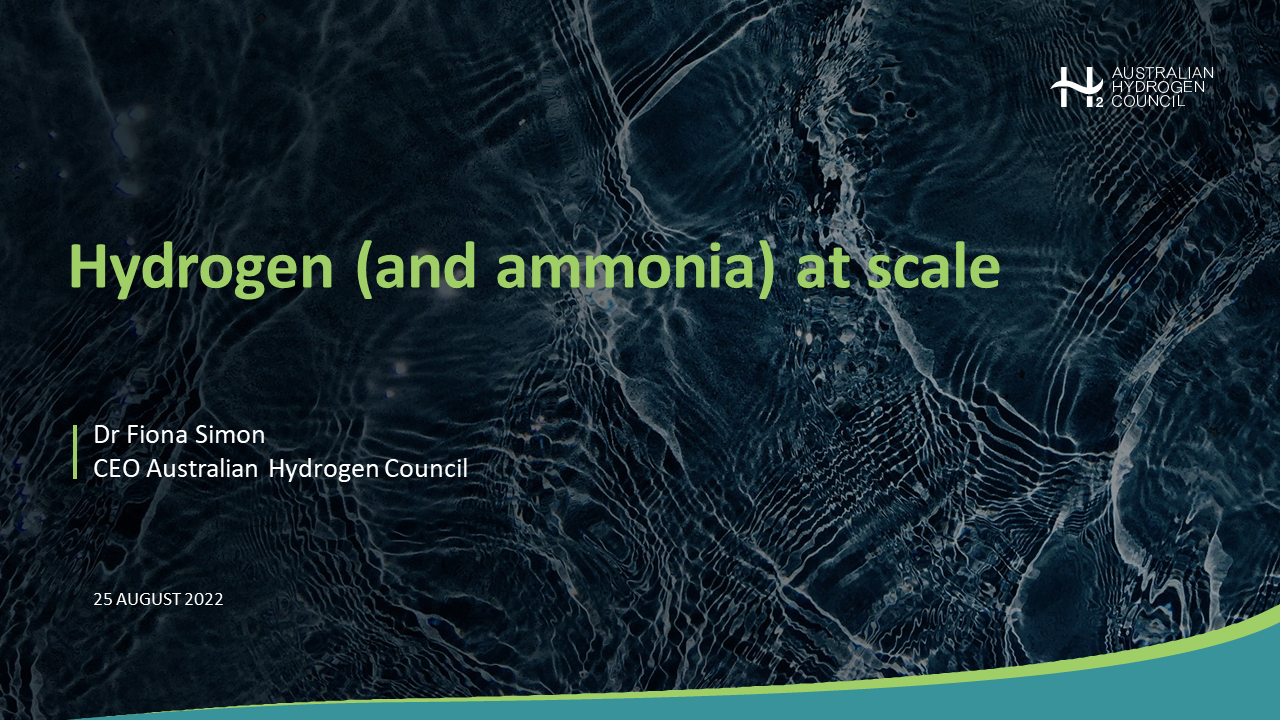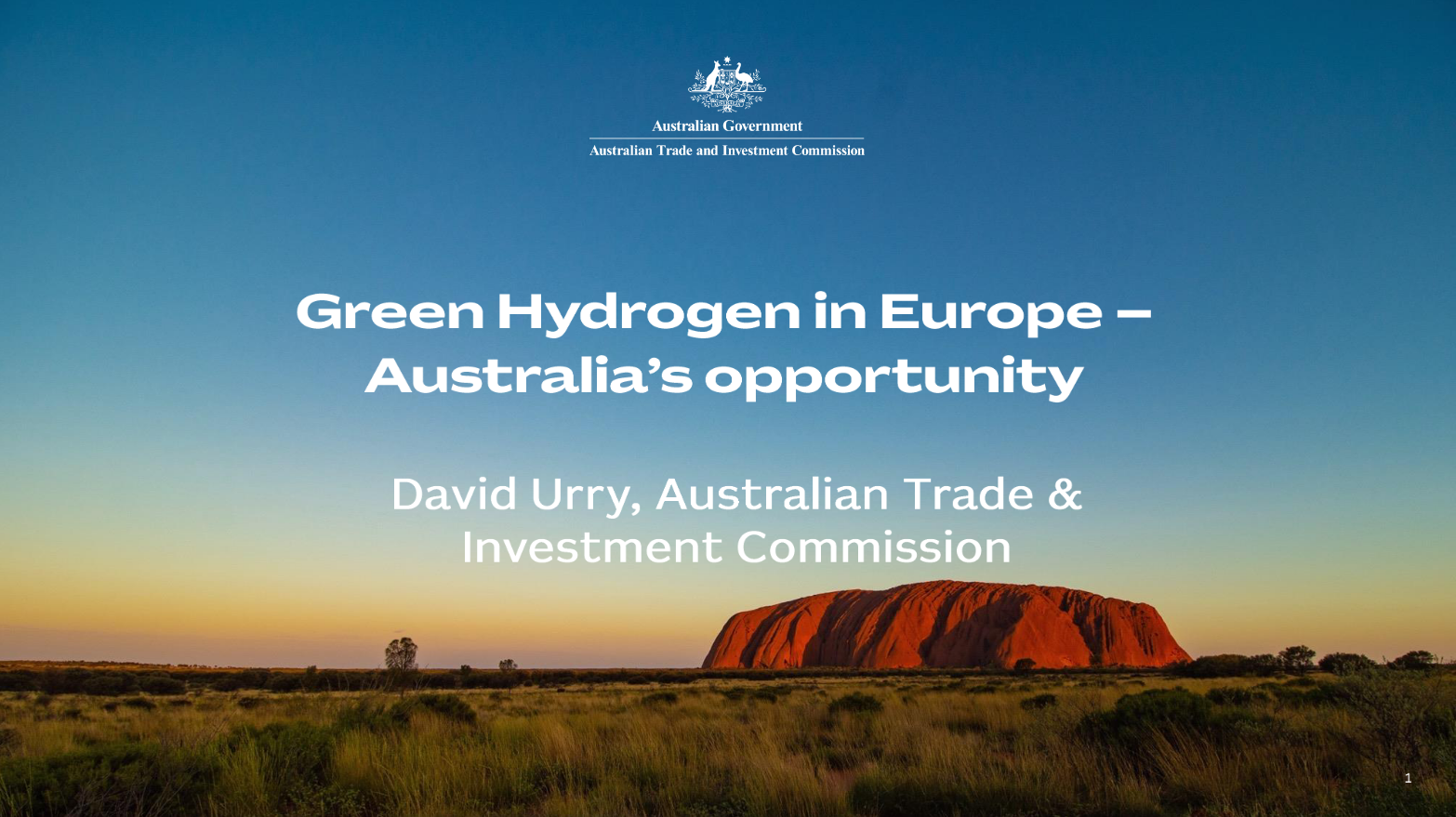Seven more projects for the Suez Canal Zone
The number of renewable hydrogen-based projects planned for the Suez Canal Economic Zone has now reached fifteen. Of the seven new MoUs signed in late August, four are targeting renewable ammonia production. Saudi-based alfanar, African energy developer Globeleq, Mediterranean Energy Partners and renewable energy developer Actis are all planning renewable ammonia production plants, with ACME Group also signing an MoU for a multi-million tonne renewable hydrogen plant in the SCZONE.









